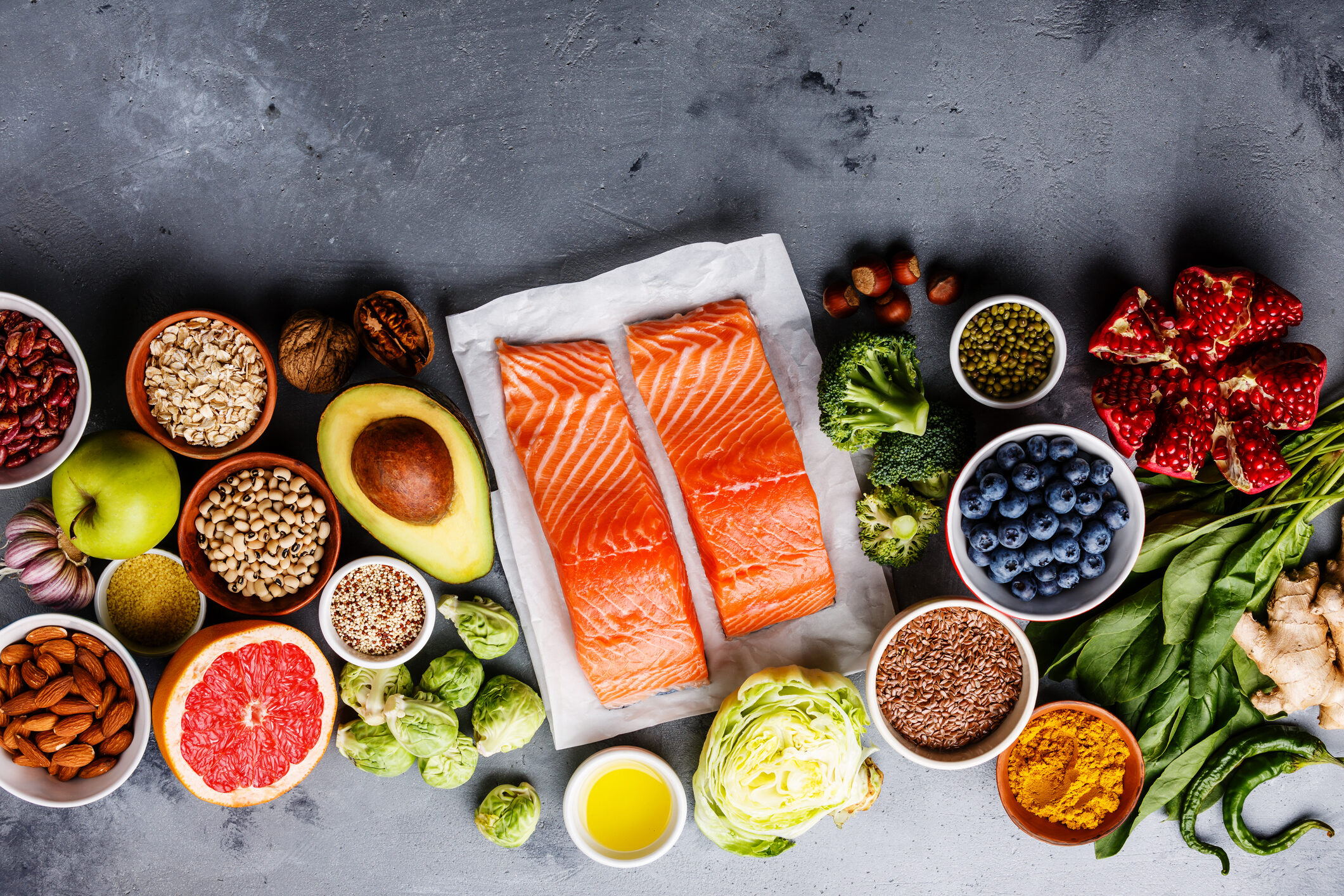Skeletal muscle is the engine that drives human health and performance and is influenced by modifiable healthy lifestyle behaviors (i.e., nutrition and exercise) and non-modifiable factors (i.e., sex and age). It is well-established that resistance exercise stimulates the synthesis of skeletal muscle protein (especially the force-generating myofibrillar fraction) for up to 48 hours. This ultimately provides the basis supporting increases in muscle mass (i.e., hypertrophy) with training. However, establishing whether timing and/or sex influences the relationship between exercise-induced increases in muscle protein synthesis and muscle mass has yet to be determined.
To address the sex-imbalance in previous male-oriented research, our study published in the June 2022 issue of Medicine & Science in Sports & Exercise® (MSSE) used equal numbers of recreationally active 18-30 year old females and males who performed 8 weeks of resistance exercise to stimulate muscle growth. Orally ingested “heavy water” — i.e., water whose hydrogen atoms possess extra neutrons — allowed us to assess the synthesis of the myofibrillar protein fraction over 48 hours in an exercise-naïve (i.e., first training bout) and accustomed (i.e., last training bout) state outside of the laboratory. This method allowed us to capture the complete duration for which protein synthesis is elevated after exercise while also controlling for energy and dietary protein intake. This “free-living” technique provided a unique opportunity to assess how these acute training stimuli contribute to or help predict muscle growth.
We observed that muscle hypertrophy at the fiber (cross-sectional area) and whole muscle (thickness) level was similarly increased by training in both females and males. Although exercise-induced increases in myofibrillar protein synthesis were slightly greater in males (~23%), this did not translate to statistically greater gains in muscle mass. Importantly, post-exercise rates of myofibrillar protein synthesis were similar after the first and last training bouts, but positively correlated with growth only when the muscle became accustomed to the exercise stimulus (i.e., trained state) in both sexes. These findings are consistent with some previous research and highlight the need to allow a muscle to become conditioned to a novel exercise stimulus before its growth potential can be determined from changes in muscle protein synthesis.
Females are often unrepresented and excluded in exercise science research, frequently due to perceived challenges in having to account for potential effects of menstrual cycle perturbations on metabolism. Our findings in the follicular phase build off previous foundational research in males and can provide the basis for future research to confirm similar results in females across phases of the menstrual cycle or when using hormonal contraception. Further research exploring potential sex-based differences are essential to ensure current exercise and/or nutritional recommendations based primarily on research in males are valid for females. Learning from experience, our results suggest that perceived sex-based differences are of little consequence to predicting the hypertrophic potential of resistance exercise and the mechanisms governing exercise-induced myofibrillar protein synthesis.

Sidney Abou Sawan, PhD, is a postdoctoral fellow at the Department of Kinesiology at McMaster University. His research interests revolve around understanding the mechanisms underpinning skeletal muscle plasticity and the associated impact on health and performance in response to human nutrition and exercise.

Daniel Moore, PhD, is an associate professor in the Faculty of Kinesiology and Physical Education at the University of Toronto. His research studies how exercise and nutrition impact whole-body and skeletal muscle protein metabolism and the nutritional requirement for dietary protein in active populations across the lifespan. He is an ACSM member and past recipient of the Peter J. Reeds Young Investigator Award from the American Society for Nutrition.
Viewpoints presented in SMB commentaries reflect opinions of the authors and do not necessarily represent ACSM positions or policies. Active Voice authors who have received financial or other considerations from a commercial entity associated with their topic must disclose such relationships at the time they accept an invitation to write for SMB.




